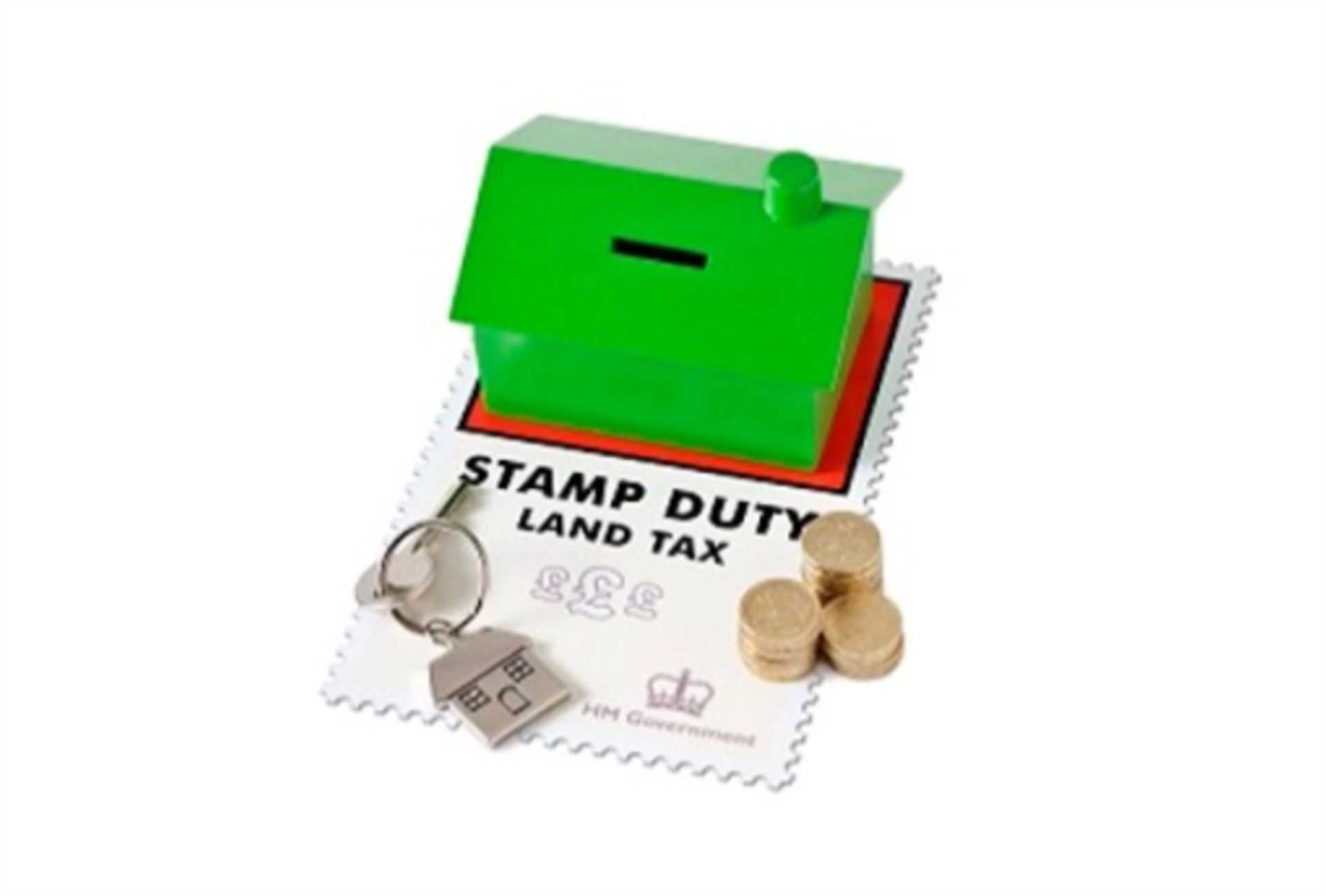
Date Published 18 January 2016
So this week I have been helping out a friend of mine, who has recently sold some shares in his business and is looking to invest in the Marylebone property market. He has never been involved with buying properties for Buy to Let before and when I, in passing, mentioned the term 'Stamp Duty' to him, when talking about different bands for property prices, his facial expression told me everything - he was certainly not clear on this point! A lot of you perhaps know a lot more than my friend here, but in the chance that you need some more clarity, on its precise nature, I will share with you today, what I explained to him.
When buying properties in England, Wales and Northern Island, if the property in question is over a certain price you must pay Stamp Duty Land Tax (SDLT). The current Stamp Duty threshold stands at £125,000 for residential properties and for non-residential properties, the figure is £150,000. In case you're wondering why I missed out Scotland, it's because SDLT has been replaced with the Land and Buildings Transaction Tax, which doesn't apply to our beloved Marylebone. So what do these thresholds mean? Well if your property is under these figures, you will not have to pay SDLT, but as it is much more common, certainly in Marylebone and London as a whole, you will undoubtedly be faced with properties which are priced above these values and thus you will have to fork out the tax! For more clarity, situations where you would have to pay Stamp Duty include:
• When you buy a freehold property
• Whether you purchase a brand new or existing leasehold
• Buy a property through a shared ownership scheme
• If you are transferred land or property in exchange for payment - (examples include when you take on a mortgage or pay money for shares in a property)
So how much Stamp Duty Land Tax do you have to pay exactly? Well this depends on the price of the property that you are purchasing, where for every increased portion over £125,000 more tax will be due - unfortunately everything has a price these days... Well brushing off the tears, I can tell you that for a precise and accurate reading you should use the SDLT calculator, but for the purposes of this article I will include a few examples:
Property Worth -
£500,000 - SDLT due = £15,000
£1,000000 - SDLT due = £43,750
£2,000000 - SDLT due = £153,750
To give you some more clarity, the bands are as follows:
Above £125,000 and up to £250,000 - SDLT rate = 2%
Above 250,000 and up to £925,000 - SDLT rate = 5%
Above £925,000 and up to £1,500,000 - SDLT rate = 10%
Above £1,500,000 - SDLT rate = 12%
Even if your purchased property is under the £125,000 threshold, you must still send an SDLT return (even if there is no tax to be paid). However, this may not apply to you, should your circumstances involve an exemption, which includes some of the following:
• When no money or other forms of payments are involved, in changing hands for a land or property transfer
• If the property is left to you in a will
• In the situation that the property is transferred as a result of a divorce or dissolution of a civil partnership
• You buy a freehold property for under £40,000
• If you purchase a new or assigned lease of 7 years or more, as long as the premium is less than £40,000 and the annual rent is less than £1,000
• When you buy a new or assigned lease of less than 7 years, as long as the amount you pay is less than the residential or non-residential SDLT threshold
If you need any further information on Stamp Duty, or if you are unsure if your particular circumstances require you to pay this tax, please get in touch with us and I will be happy to answer any queries you may have.